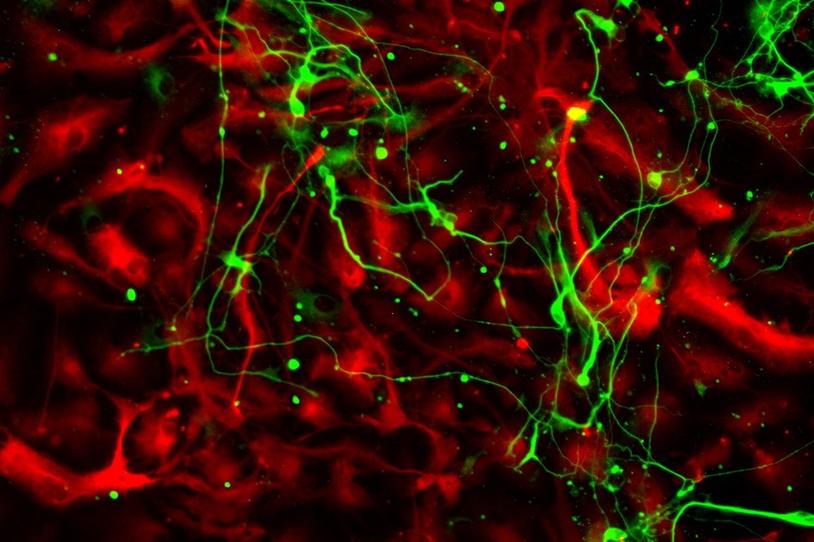
In the last several years, several stem cell therapies for Parkinson’s have moved to clinical trials and more are on the way. This work holds promise, but many questions remain, meaning that stem cells have not yet been proven for Parkinson’s. But, many people and families ask, what about the clinics that offer stem cell therapies outside of trials (for an often significant cost)? Why not try those now?
A new statement by the International Parkinson and Movement Disorder Society, a group of leading movement disorder clinicians, scientists and health care professionals, describes the current state of Parkinson’s stem cell research and why to be cautious about unproven therapies sold by stem cell clinics.
First, the research.
Ongoing Parkinson’s stem cell trials aim to replace or repair lost or damaged brain cells to ease symptoms or impact disease course. (Read more about an MJFF-funded study.) Efforts include different types of stem cells as well as different methods, such as implanting cells directly in the brain to replace lost dopamine cells or infusing cells in the blood to target inflammation.
Some of the questions this research looks to answer:
- Who is the best candidate? When is the best time in the disease course for this type of therapy?
- What are the best types of stem cells to use?
- If turning them into brain cells, what is the best process? How can we encourage stem cells to connect to other brain cells? How and where to inject them in the brain?
- How can we limit side effects, such as the potential for stem cells to grow and form tumors?
- What symptoms will this therapy treat? (Replacing dopamine brain cells will likely ease motor symptoms, such as tremor, slowness, and stiffness, but may not help, for example, non-motor symptoms or freezing.)
The bottom line: Much research is ongoing, but the safety and benefit of stem cells in Parkinson’s has not yet been proven.
Now, the clinics.
Across the world, many businesses offer “stem cell therapies” to treat Parkinson’s and other medical conditions, often for a considerable cost. These are unproven and untested. The marketing and hype (often with videos and testimonials of anecdotal benefit) is far ahead of the science.
What to know about stem cell clinics:
- Where they source “stem cells” (from the fat, bone marrow, or other body areas) and how they infuse (in the blood, spinal fluid or even the brain) varies.
- The stem cells’ potential to become brain cells or how they claim to work varies widely. (Some offer stem cells that do not turn into brain cells but instead reportedly release factors that stimulate or support brain cells.)
- Scientific evidence to support the use of these approaches, their outcomes and safety —published in independent, reputable, peer-reviewed medical and scientific journals — generally is lacking. (In other words, claims of substantial benefit often are not backed up by well-designed clinical trials and do not consider potential, even significant, side effects.)
- Regulatory approval for the procedure, from the U.S. Food and Drug Administration (FDA) or other governing body, may not be in place.
The bottom line: Exercise extreme caution and skepticism around stem cell therapies without supportive scientific research and outside of a recognized academic setting or clinical trial.
For more on stem cells, listen to a webinar or podcast and watch a video.
